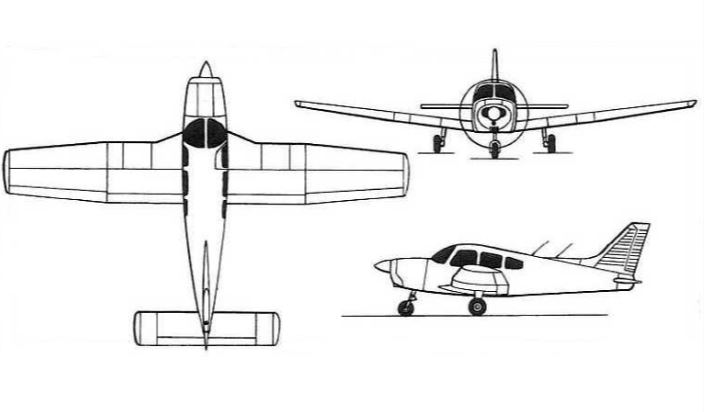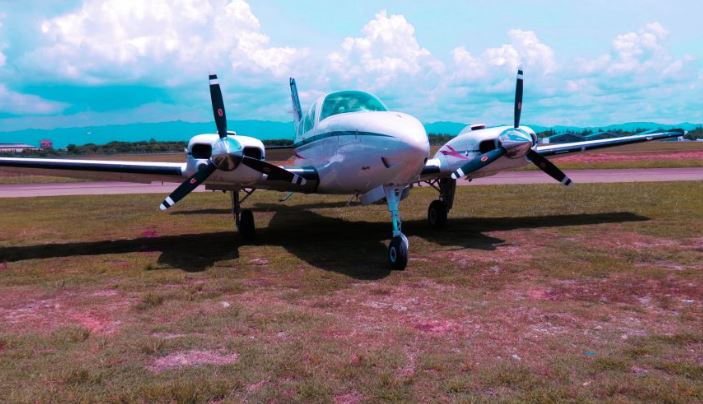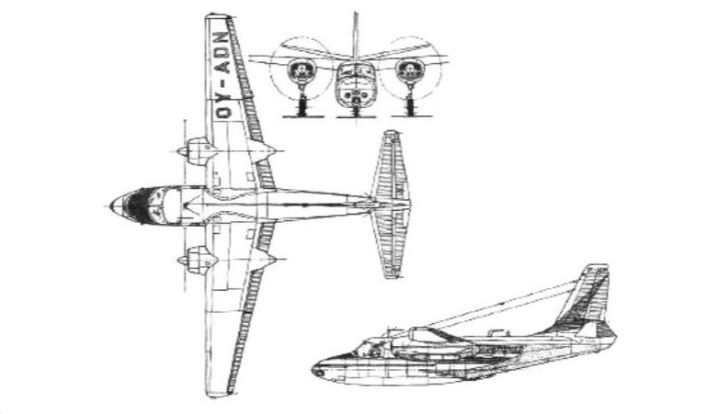Fleet
Contact Us
032 495 3442
CESSNA 152
The Cessna 152 is an American two-seat, fixed tricycle gear, general aviation airplane, used primarily for flight training and personal use.
First delivered in 977 as the 978 model year, the 52 was a modernization of the proven Cessna 50 design. The 52 was intended to compete with the new Beechcraft Skipper and Piper Tomahawk, both of which were introduced the same year. Additional design goals were to improve useful load through a gross weight increase to 670 lbs (757 kg), decrease internal and external noise levels and run better on the then newly introduced 100LL fuel.
Crew: 1 pilot
Capacity: 1 passenger
Length: 24 ft 1 in (7.3 m)
Wingspan: 33 ft 4 in (10.2 m)
Height: 8 ft 6 in (2.6 m)
Wing area: 160 ft² (14.9 m²)
Empty weight: 1,081 lb (490 kg)
Max takeoff weight: 1,670 lb (757 kg)
Powerplant: 1× Lycoming O-235-L2C flat-4 engine, 110 hp (82 kW) driving a 69 in (175 cm), two-blade, fixed-pitch propeller
Maximum speed: 126 mph (110 knots, 204 km/h)
Cruise speed: 123 mph (107 knots, 198 km/h)
Stall speed: 49 mph (43 knots, 79 km/h) unpowered, flaps down
Range: 477 mi (414 nm, 768 km)
Extended range: 795 mi (690 nm, 1,280 km) with long-range tanks
Service ceiling: 14,700 ft (4,480 m)
Takeoff roll: 725 ft (221 m)
Rate of climb: 715 ft/min (3.6 m/s)
Max wing loading: 10.44 lb/ft² (51 kg/m²)
Minimum power/mass: .066 hp/lb (108 W/kg)


Piper PA-28 Cherokee


In the single engine category, the Piper is another name to reckon with. With almost all its aircraft displaying the low wing design, (with some exceptions like the Piper Cub), the Piper flyer has its sport aircraft appeal and soft landings with the addition of enhanced suspension systems over other aircraft in its class.
All members of the PA-28 family are all-metal, unpressurized, four-seat, single-engine piston-powered airplanes with low-mounted wings and tricycle landing gear. All PA-28 aircraft have a single door on the co-pilot side, which is entered by stepping on the wing.
Competition for the PA-28 series include the Cessna 172, the Grumman American AA-5 series and the Beechcraft Musketeer.
Crew: one pilot
Capacity: three passengers
Length: 23.3 feet (7.16 m)
Wingspan: 30.0 feet (9.2 m)
Height: 7.3 feet (2.25 m)
Wing area: 160 sq ft (15.14 m²)
Airfoil: NACA 652-415
Empty weight: 1201 lb (544 kg)
Loaded weight: 2150 lb (975 kg)
Useful load: 949 lb (430 kg)
Max takeoff weight: 2150 lb (975 kg)
Powerplant: 1× Lycoming O-320-E2A Sensenich M74DM, 150 hp (113 kW)
Propeller diameter: 74 inches (1.9 m)
Maximum speed: 123 knots (142 mph, 230 km/h)
Cruise speed: 108 knots (124 mph (200 km/h), 201 km/h)
Stall speed: 47 knots (54 mph, 87 km/h)
Range: 465 nm (535 sm, 867 km)
Service ceiling: 14,300 feet (4400 m)
Rate of climb: 660 ft/min (3.4 m/s)
Wing loading: 13.4 lb/sq ft (64.4 kg/sq m)
Power/mass: 14.3 lb/hp (0.116 kW/kg)
Beechcraft Baron BE 58
The Beechcraft Baron is a light, twin-engined piston aircraft originally developed by Beech Aircraft Corporation and currently manufactured by the Hawker Beechcraft Corporation, an Onex Holding Corporation. The Baron is a variant of the Beechcraft Bonanza, more specifically the Travel Air, and was introduced in 1961. Barons come in three basic types: the Baron 55 (short body), Baron 56 (short body) and Baron 58 (long body), with several sub-variants each.
Crew: 1
Capacity: 5
Length: 28 ft 0 in (8.53 m)
Wingspan: 37 ft 10 in (11.53 m)
Height: 9 ft 7 in (2.92 m)
Wing area: 199.2 ft² (18.50 m²)
Airfoil: NACA 23016.5 at root, NACA 23010.5 at tip
Empty weight: 3,156 lb (1,431 kg)
Max. takeoff weight: 5,100 lb (2,313 kg)
Maximum speed: 205 knots (380 km/h, 236 mph) at sea level
Cruise speed: 180 knots (333 km/h, 207 mph) 55% power at 12,000 ft (3,660 m)
Stall speed: 73 knots (135.5 km/h, 84 mph) IAS, power off, wheels and flaps down
Range: 942 nmi (1,746 km, 1,085 miles) 65% power at 10,500 ft (3,200 m), 45 min reserves
Service ceiling: 19,700 ft (6,000 m)
Rate of climb: 1,670 ft/min (8.5 m/s)


Aero Commander 560A


The Aero Commander 560 is an American light-transport aircraft developed as a successor to the Aero Commander 520 during the early 1950’s, replacing the 520 in production in 1954. The Aero Commander 560 is a twin-engined light transport high-wing cantilever monoplane powered by two Lycoming GO-480-B six-cylinder horizontally-opposed air-cooled engines providing a top speed of 336 kmh and a range of 1170 km. The Aero Commander 560 carries a pilot and co-pilot with dual controls and up to five passengers (usually three), or freight.
Year Built : 1956 Serial No. Range: 304 – 450 Total Built : 14
Dimensions
Wing span (Inches) – area (Sq ft)528.75 – 242.5
Fuselage length – height (Inches)421.25 – 174.00
Volume, cabin – baggage area (Cubic feet)177 – 32
Seats 5 – 7
POWER PLANT
LYCOMING GO-480-G1B6
RATING295HP @ 3400 RPM
FUEL, OCTANE – CAPACITY (GAL)100/130 – 156
FUEL CONSUMPTION GPH16.0
PROPELLER86″ 3-BLADE
WEIGHT (LB), EMPTY – GROSS4250 – 6000
Takeoff over 50′ obstacle 1,250ft
Landing over 50′ obstacle 1,370ft
Service ceiling (feet)22,000
Single-engine ceiling9,750ft
Maximum range (miles)950
Cruising speed (70% @10,000 ft)212kts
Takeoff – landing speed 87 – 82kts
Best rate-of-climb 110kts
